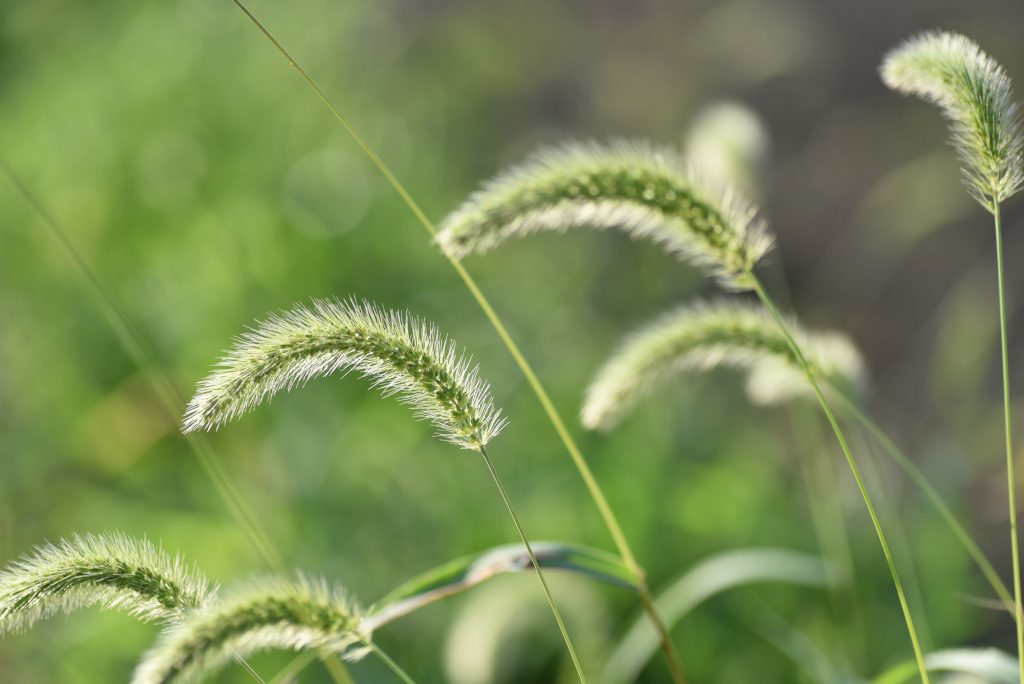
Associate farm reporter Carli Davenport spoke with Oklahoma State University forage specialist Brian Pugh, who discussed the challenges and benefits of managing Johnson grass and foxtail in pastures and hay systems, emphasizing both plants’ forage potential and management complications.
Pugh began by addressing producers divided opinions about Johnson grass, saying, “I think more probably should love it just because it is a high quality forage.” He explained that the grass is “highly digestible,” “very drought tolerant,” and “tolerant to a lot of the conditions that we have in Oklahoma.” Its biggest advantage, he added, is that “cattle absolutely love it. It is an ice cream forage, so they will selectively graze it out in the pasture.” However, he cautioned that its main drawback is “some of the toxicity issues like nitrates and prussic acid that we run into when we have our dry Oklahoma weather.”
When asked why Johnson grass poses management challenges, Pugh noted that “it is hard to manage in combination with Bermuda.” He explained that timing is a key issue for hay producers: “When you need to cut the Johnson grass at a younger vegetative state, the Bermuda grass is just really starting to grow.” But if producers wait for Bermuda to mature, “then the Johnson grass is already headed out. The quality’s went down, and we’re running more risk of those toxicity issues in that plant, especially nitrates.” In short, he said, “they don’t line up as two different forages in a forage system here in Oklahoma very well.”
Turning to foxtail, Pugh described how it affects grazing behavior. “Cattle will readily graze it when it’s in a young vegetative state,” he said, “but as we start to see that bristly seed head move up into the boot stage, cattle will start to refuse to graze foxtail.” Once the seed head emerges, “they do not want to graze it until after frost occurs and that plant browns out.” At that point, he added, “we can once again make cows consume that forage.”
From a nutritional standpoint, Pugh said foxtail can actually compete with Bermuda grass. “Believe it or not, oftentimes the foxtail will be as good of quality as common Bermuda grass, if not slightly better,” he explained. He shared field data showing “stockpile foxtail in the fall after frost testing over 10% protein, 59 TDN,” and noted that “vegetative foxtail samples easily exceed 14% crude protein and 62 TDN.” Still, he cautioned, “it is good quality forage, just oftentimes it does not fit our management system well.”
Pugh also highlighted why foxtail is particularly problematic for horse hay producers. He said, “Foxtail is probably the number one reason for decreased revenue in small square horse hay,” because “the bristles on that seed head have a bad tendency to cause mouth and gum lesions in horses, impactions in the gums that can cause some really serious issues.” As a result, he noted, “most people, if they see a foxtail head in a bale of hay, they don’t want to purchase that bale.”


















